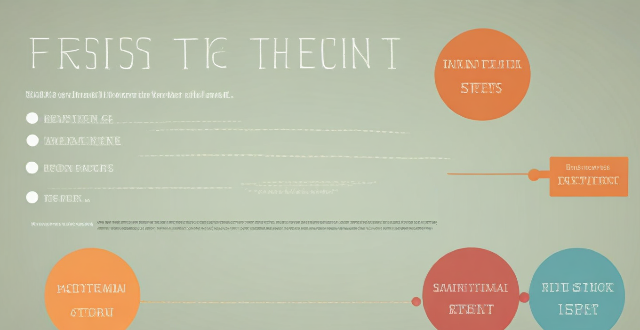Basic first aid steps are essential for everyone to know, as they can make a significant difference in emergency situations. These steps include assessing the situation, checking for response, following the ABCDE approach, treating injuries, handling specific emergencies, monitoring vital signs, and staying calm while reassuring the injured person. It is recommended to take a certified first aid course to learn proper techniques and procedures.

Basic First Aid Steps Everyone Should Know
First aid is the initial assistance given to someone who is ill or injured before professional medical help arrives. It is important for everyone to know basic first aid steps as they can often mean the difference between life and death in an emergency situation. Here are some essential first aid steps that everyone should be familiar with:
1. Assess the Situation
- Safety First: Ensure that you and the person needing help are safe from further harm. If necessary, move yourself and the person to a safer location.
- Call for Help: If the situation is serious, call emergency services immediately (e.g., 911 in the U.S.).
2. Check for Response
- Unconscious Person: Gently tap or shake the person's shoulder and ask loudly, "Are you OK?" If there's no response, they may be unconscious.
- Conscious Person: Ask them how they feel and if they need help.
3. ABCDE Approach
- Airway: Check that the person's airway is clear. If not, use the head tilt-chin lift maneuver to open it.
- Breathing: Look, listen, and feel for breathing. If the person isn't breathing normally, start CPR (cardiopulmonary resuscitation) if trained to do so.
- Circulation: Check for bleeding and try to control it with direct pressure using a cloth or bandage.
- Disability: Assess for any neurological deficits like weakness or confusion.
- Exposure: Remove clothing if necessary to better assess injuries or hypothermia.
4. Treatment of Injuries
- Minor Cuts and Scrapes: Clean the wound with soap and water, apply an antiseptic, and cover with a sterile dressing.
- Burns: Cool the burn under running water for at least ten minutes, cover with a clean, non-fluffy material, and seek medical attention for severe burns.
- Sprains and Strains: Apply the RICE method – Rest, Ice, Compression, Elevation – to reduce swelling and pain.
- Fractures: Immobilize the injured area using splints or slings, and seek immediate medical attention.
5. Specific Emergencies
- Choking Adult/Child Over 1 Year Old: Perform the Heimlich maneuver or abdominal thrusts.
- Choking Infant Under 1 Year Old: Give five back blows followed by five chest compressions.
- Seizures: Keep the person safe from injury, time the seizure, and seek medical attention if it lasts longer than five minutes or is repeated.
- Heatstroke/Heat Exhaustion: Move the person to a cooler environment, remove excess clothing, and give them water to drink slowly. Seek medical attention if symptoms persist.
6. Monitor Vital Signs
- Heart Rate: Count the pulse rate by feeling the carotid artery in the neck or the radial artery in the wrist.
- Respiratory Rate: Count the number of breaths per minute.
- Level of Consciousness: Assess the person's responsiveness and note any changes.
7. Stay Calm and Reassure
- Calm Presence: Maintain a calm demeanor to reassure both yourself and the injured person.
- Reassurance: Talk to the person in a soothing voice, telling them help is on the way and they will be taken care of.
Remember, these are just basic first aid steps. It's always best to take a certified first aid course to learn proper techniques and procedures.